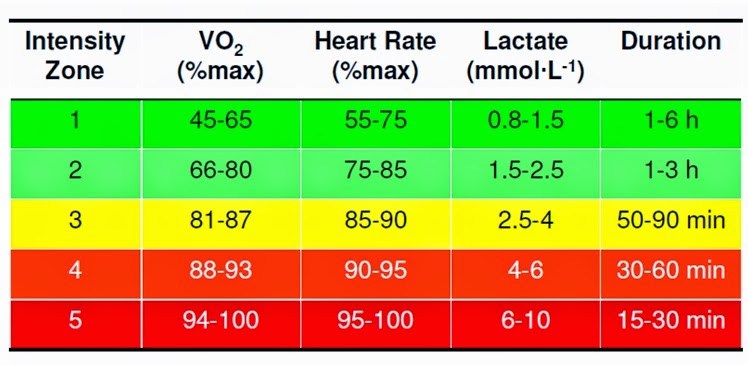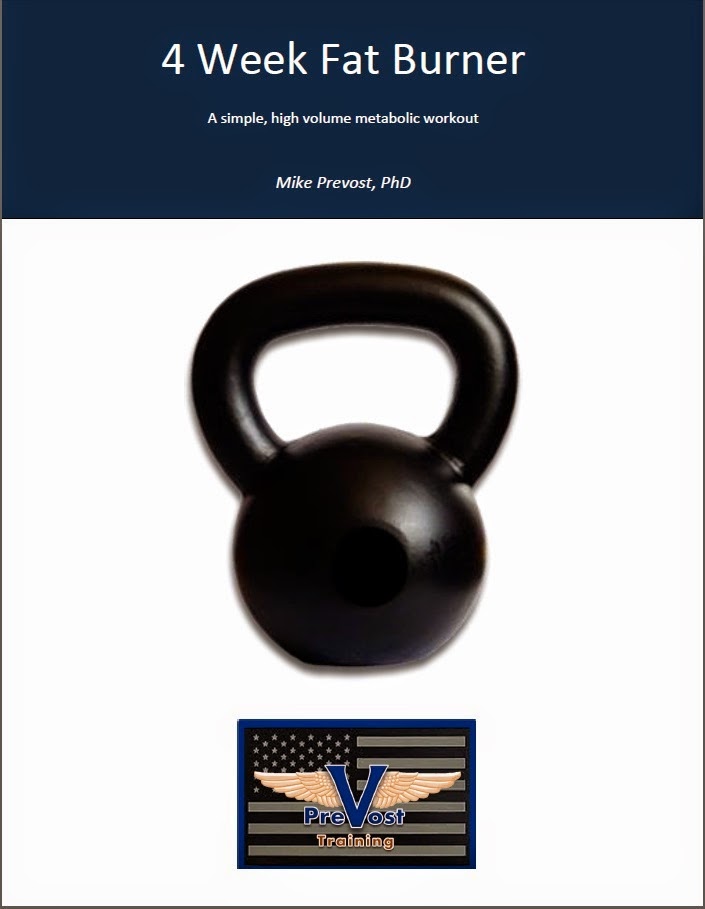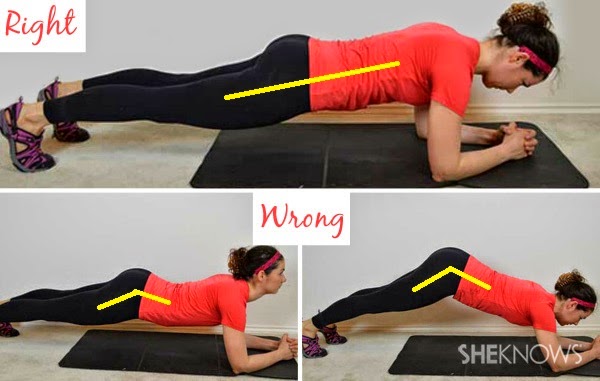 |
| A recent example of the extent of my thoughtfulness on FB lately... |
The lifting world at large has been far, far ahead of the written world in brain-free activity.
Strength training has been in a nearly 60 year spiral towards getting dumber. That was the take-away that I got after I read This article by Peary Radar which was written when I was chewing on Legos and struggling to not shit my pants. Apparently, powerlifting as an organized lifting competition became reality because not everyone was really interested in Olympic Weightlifting.
The O-lifts are well-known to be technical lifts. The require more coordination and timing than powerlifts. Radar himself admitted as much. By contrast, the squat, deadlift and bench press can be learned in a much shorter period of time.
The differences between these two styles of lifting go back farther than the formation of the competitions themselves. There has always seemed to be two ways to lift stuff: either you can do it with coordination, timing and speed (Athleticism). Or you can do it with pure muscular strength. Crack open some of Alan Calvert's 110 year old ranting and you can see how he considered bent pressing trickery since it required considerable skill and overhead pressing a better lift because it built, and tested, brute strength. The patron saint of junkyard weight training, Ed Zercher, was likely a victim of lack of a place to show off his strength because while very strong, he was a mediocre O-lifter. So, while power lifters lacked a sport to participate in, they were around and simply waiting for their venue to form.
 |
| God bless this skinny bastard for coming up with such a fun way to lift... |
Just like the invention of the internet, power lifting obviously didn't intend to start a dumb-assing effect in the barely-formative years of the larger subculture but I submit to the reader that it most certainly did. Nobody likes to admit it but American powerlifting sponged off a lot of lifters away from Olympic Lifting, exactly as Bob Hoffman thought it would. It's certainly a much simpler form of lifting. So, the mold was set that people would lift weights in droves as long as it didn't require too much skill.
I don't think it's coincidental that a mere 10-15 years later, weight machines became a big business, dragging gyms along with them. The only thing that could be easier than powerlifting with a barbell was to lift without a barbell. After all, there is as much IQ required to use a machine as there is to have a reality TV show on the E! Network.
...and we wonder why we make no progress here!
I'm fond of saying that things can only be made so simple. After a certain level of simplification with all things in life, including strength training, you get to the point where things get harder because you're trying too hard to make them too easy.
Strength training isn't really as technical and IQ-dependent as seminar pimps would have you believe. Sure, there are some pretty technical lifts out there but as a whole, most strength training movements are pretty easy to learn as long as you don't have an ADHD-riddled mind that was recently lobotomized.
What happens when we try to remove too much of the skill requirements out of lifting in order to make lifting simple to do is we don't get strong. Sure there are strong humans that have used machinery and low-IQ movements to build up somewhat-impressive bodies here and there but that shit only can take anyone so far.
Crossfit may have taken this whole dumbing down effect a step farther: they seem to enjoy taking movements that require skill and removing those key pointers from execution. There isn't much to learn about doing a pull-up and even doing those key points is just to cumbersome for them...
Since I threw the picture up, let's beat up on people who can't be inconvenienced to become proficient with pull-ups. Pull-ups don't require too much instruction. I love to tell people, "think of bending the bar on your chest on the way up and pushing the bar away from you on the way down." Simple, not easy. Things don't get easier by kipping every, single rep. It just shred your labrums. Saying screw it and telling yourself that pulling the entire stack on the Lat Machine is just as good just makes you weaker.
Just bite the bullet and do the fucking pull-ups...Correctly!
Squats have been accurately described by people smarter than me as, "easy to learn, hard to master." Mastery takes time but learning, once again, is simple: chest proud, hips back, knees out. That's three cues that covers most squatting. That's not so, damn difficult that you have to go running to the leg press. Quit being an idiot or pretending to be stronger than you are and just SQUAT.
So, yes, you need a little bit of skill to get strong. This isn't trigonometry but it isn't mindless either. If you're going to build power, you need to use your head in your respective gym for something other than a hat-holder.
























